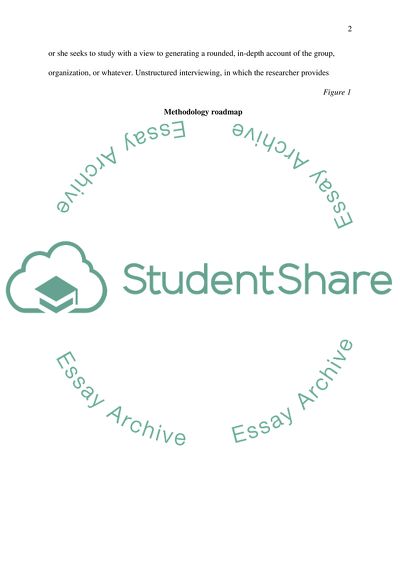Cite this document
(Research Methods in Education Term Paper Example | Topics and Well Written Essays - 2481 words - 1, n.d.)
Research Methods in Education Term Paper Example | Topics and Well Written Essays - 2481 words - 1. Retrieved from https://studentshare.org/education/1706319-research-methods-in-education
Research Methods in Education Term Paper Example | Topics and Well Written Essays - 2481 words - 1. Retrieved from https://studentshare.org/education/1706319-research-methods-in-education
(Research Methods in Education Term Paper Example | Topics and Well Written Essays - 2481 Words - 1)
Research Methods in Education Term Paper Example | Topics and Well Written Essays - 2481 Words - 1. https://studentshare.org/education/1706319-research-methods-in-education.
Research Methods in Education Term Paper Example | Topics and Well Written Essays - 2481 Words - 1. https://studentshare.org/education/1706319-research-methods-in-education.
“Research Methods in Education Term Paper Example | Topics and Well Written Essays - 2481 Words - 1”, n.d. https://studentshare.org/education/1706319-research-methods-in-education.


